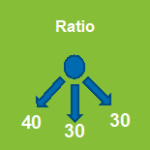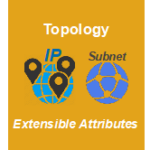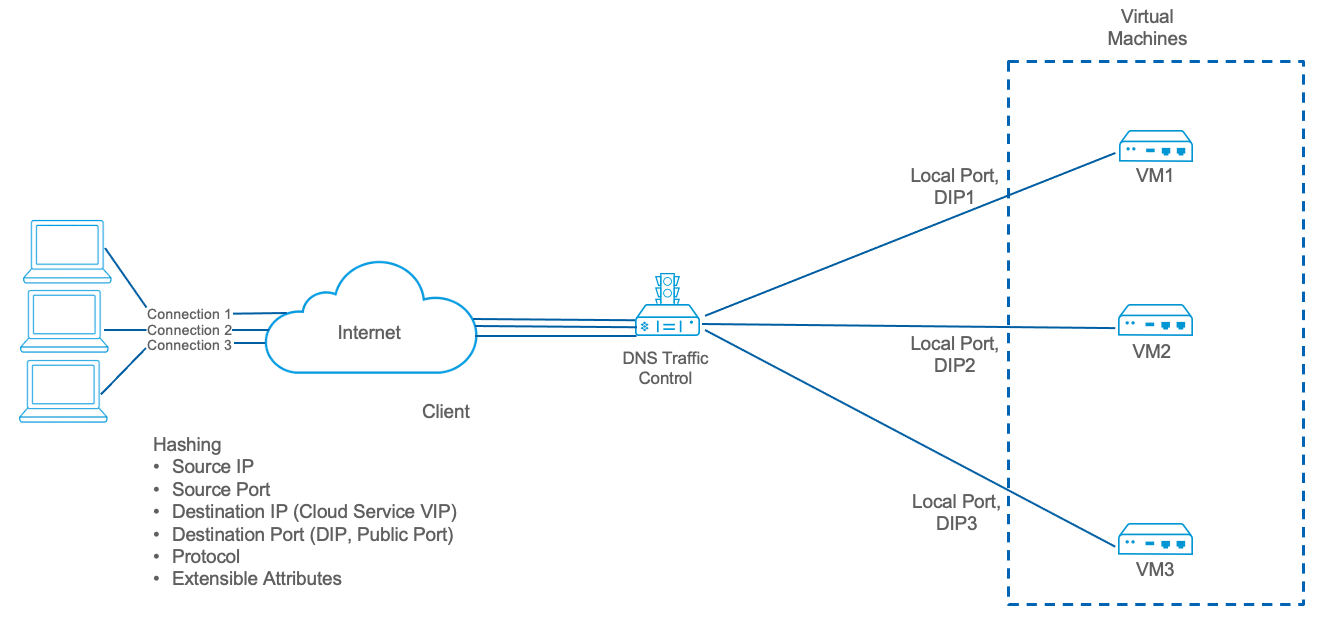Infoblox NIOS 8.6.0 introduces a new-to-DNS Traffic Control (DTC) network traffic management technique called Source IP Hash load balancing. This blog describes what it is, how it works and some of its key benefits.
DTC already supports the most commonly available global server load balancing (GSLB) traffic distribution methods including Round Robin, Ratio, Topology and Global availability as noted below.
- Round Robin: Directs client traffic to servers in a pool or among pools (in a multiple pool configuration) using an equal weighting.

- Ratio: Like Round Robin, the Ratio method allocates client traffic to servers in a pool or among pools using a custom weighting (e.g., 40:30:30), also known as Weighted-Round Robin.

- Topology: Routes network traffic to a server or pool based on geo-location rules and Extensible Attributes (EAs—user defined metatags) based on the client’s IP matching a geo map (external) or a subnet (internal or external).

- Global Availability: Enables prioritized load balancing whereby client traffic is directed to the first server or pool on a list (e.g., go to x first, then y, then z). If the first prioritized resource becomes unavailable, Global Availability will then direct client traffic to the resource in the list, and so on.

Infoblox DTC performs load balancing requests including TCP which considers the methods noted above and weighting criteria to direct an incoming request to a server or pool. Now, with the newest load balancing methodology, Source IP Hashing, DTC performs a run-time calculation and generates a static client hash key to route queries to a particular server or pool. This method delivers application persistency and a more reliable user experience.
Source IP Hash Load Balancing and How It Works
Infoblox DTC Source IP Hashing is a load balancing method that routes traffic based on a client’s IP address, LBDN and server availability. DTC allocates requests from the same client to the same backend server (providing that it’s available) by generating a unique hash key and routing the request to a particular pool or server. Further, if a customer has multiple DNS resolvers running DTC, the “consolidated health monitor” feature ensures that all of the DNS resolvers send the same IP to a client. Source IP Hash load balancing matches the functionality of other more expensive marketplace Application Delivery Controllers (ADCs) to improve resiliency, user experience, avoid application interruptions and ensure workflow continuity.
Advantages
- Simple configuration through the DTC UI.
- DTC persistence to the same application if connection is lost so the client can continue in the same active application.
- DTC persistence if the client moves from one site to another without interruption.
- DTC’s “consolidated health monitor” enables DTC response persistence across multiple DNS resolvers.
- DTC delivers improved redundancy and performance in multi-virtual machine environments.
Conclusion
With the addition of the Source IP Hashing load balancing methodology, Infoblox strengthens DTC and improves the flexibility, resiliency and user experience while helping to avoid application interruptions and ensure DTC persistence and workflow continuity to the same application. For more information about Infoblox’s core network and load balancing solutions, email info@infoblox.com or contact your account team.









